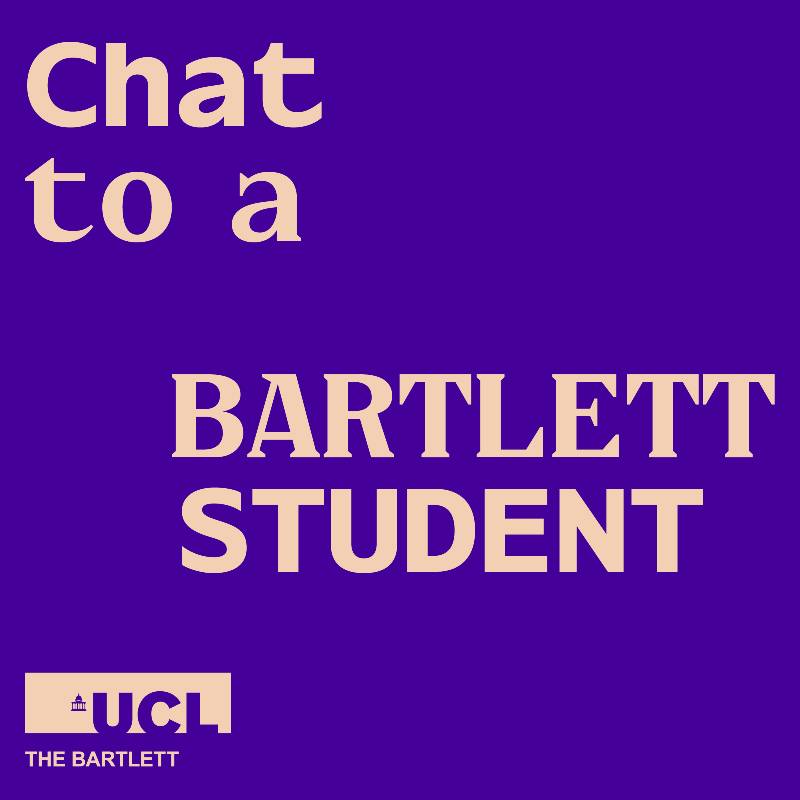If you’re looking for new books to read this summer, then look no further than our mega recommendations blog!

Our Student Ambassadors have put forward their favourites on the topic of the built environment, plus design, ideas and creativity.
Invisible women, Caroline Criado-Perez
One of the first few chapters speaks of how urban planning and the priorities outlined by planners can be biased favouring the typical journeys of men over women. This was the first piece of writing I had read that specifically spoke about urban planning as opposed to architecture or geography. The premise of the book is that there is a ‘data gap’ between the data of men and the data of women. I find this argument the most comprehensible on the subject of feminism, especially within the built environment.
The Death and Life of Great American Cities, Jane Jacobs
Recommended for its groundbreaking insights into urban planning and the importance of community engagement, Jacobs challenges conventional wisdom and explores the intricacies of urban life, making it an essential read for aspiring architects and urban designers.
Thinking, Fast and Slow, Daniel Kahneman
This book delves into the psychology behind decision-making processes, providing valuable insights for designers, planners, and architects. Understanding the cognitive biases that influence human behavior is crucial for creating built environments that meet the needs of diverse populations.
S, M, L, XL, Rem Koolhaas and Bruce Mau
This architectural monograph showcases the work of renowned architect Rem Koolhaas and his firm, OMA. Through essays, photographs, and diagrams, it explores the complexities of contemporary urbanism and architectural theory, stimulating creativity and critical thinking.
Landscape Architecture: A Manual of Site Planning and Design, John Ormsbee Simonds
Recommended for its comprehensive coverage of landscape architecture principles, this book delves into site planning, design processes, and environmental considerations. It provides valuable insights into various aspects of the field, including site analysis, planting design, and sustainability.
Landscape Architecture as Applied to the Wants of the West, H.W.S. Cleveland
Considered a classic in the field, this book offers historical perspectives on landscape architecture while emphasizing the relationship between humans and their environment. Cleveland's exploration of the American West provides valuable lessons in designing landscapes that harmonize with nature.
The Inspired Landscape: Twenty-One Leading Landscape Architects Explore the Creative Process, Susan Cohen
This collection of essays offers a glimpse into the creative process of prominent landscape architects. By delving into their thoughts and experiences, this book offers a wealth of inspiration, ideas, and approaches to design that can help aspiring students develop their own unique style.
The purpose of planning: Creating sustainable towns and cities, Rydin, Y
Written by UCL professor Yvonne Rydin, the book explores the fundamental goals and objectives of urban planning with a specific focus on creating sustainable communities. She examines how planning can contribute to the long-term well-being of towns and cities by addressing environmental, social, and economic challenges. Throughout the book, case studies from various cities around the world are provided, illustrating both successful and unsuccessful attempts at sustainable planning.
The Future of Planning: Beyond Growth Dependence, Rydin, Y
Written by UCL professor Yvonne Rydin, this book gives a good introduction to planning. The main argument is that traditional planning approaches, which prioritize economic growth and development as the main objectives, are inadequate and need to be rethought. Rydin critiques the overemphasis on growth and highlights its negative consequences, such as social inequalities, environmental degradation, and unsustainable resource consumption.
Triumph of the city, Glaeser, E.L.
This is also a book that is often mentioned in lectures. In this book, Glaeser explores the vital role that cities play in driving economic growth, innovation, and human progress. Glaeser argues that cities are the engines of prosperity and centers of productivity. He discusses how cities concentrate diverse talent, knowledge, and resources, leading to increased opportunities for collaboration and exchange. According to Glaeser, the concentration of people in urban areas promotes creativity, entrepreneurship, and the generation of new ideas.
Architecture: Form, Space and Order, Francis D.K. Ching
This book has been widely acclaimed since its publication, and has been a bestseller for more than 30 years. It is known as the "Bible of Architecture". Many architects, teachers and students majoring in architecture have obtained important inspiration and design inspiration from this book. Each page of the book's rigorously arranged hand-drawn pictures and texts constitutes a wonderful work of its own, which makes people savor again and again. The content of the book covers architectural theory, history and design works, and it can be regarded as an architectural encyclopedia with rich pictures and texts.
Architectural Graphics, Francis D.K. Ching
This book could be considered as a companion to Architecture: Form, Space, & Order as they are both written by the same author. The book presents a series of graphic representations that visualize architectural concepts. From sketches and renderings to technical drawings, the book helps students understand the levels of detail and the powerful means by which architectural graphics can convey information to the audience.
Life Between Buildings, Jan Gehl
This book focuses on the research and evaluation of the quality of public space in cities and residential areas from the perspective of people and their activities on the physical environment. The author analyses in detail the reasons that attract people to walk, rest, stop and play in public spaces at all spatial levels from residence to city, and puts forward many unique insights. After its publication in 1971, this book had a wide-ranging influence on the planning and design of cities and residential areas in Scandinavia and other parts of Europe and America. It has been translated into many languages successively and is listed as a must-read for students majoring in architecture and urban planning and design in many countries.
Architect's Twenties, Andou Tada
Renzo Piano, Jean Nouvel, Ricardo Recorita, Frank Gehry, IM Pei, and Dominique Perrault are all well-known names. Everyone is familiar with their architectural works, but little is known about their growth as architects. In 1998, the famous Japanese architect Tadao Ando, who was a professor at the University of Tokyo at the time, invited these six architectural masters to the University of Tokyo to communicate face-to-face with the teachers and students, and talk about their academic career and working experience when they were young. This book is the record of the interview at that time.
Le Corbusier Houses, Andou Tada
This book introduces Le Corbusier's 106 residential design projects. Each design work in the book has concise text descriptions and is equipped with detailed models and floor plans. In addition, the book also includes incisive interpretations of Corbusier's house by Tadao Ando and Michio Kato, and a dialogue between Joe Tominaga and Kazuyo Sejima. Through this book, readers can approach and grasp the design spirit of Le Corbusier's residence in a more authentic way and the completion process of this declaration.
 Close
Close


